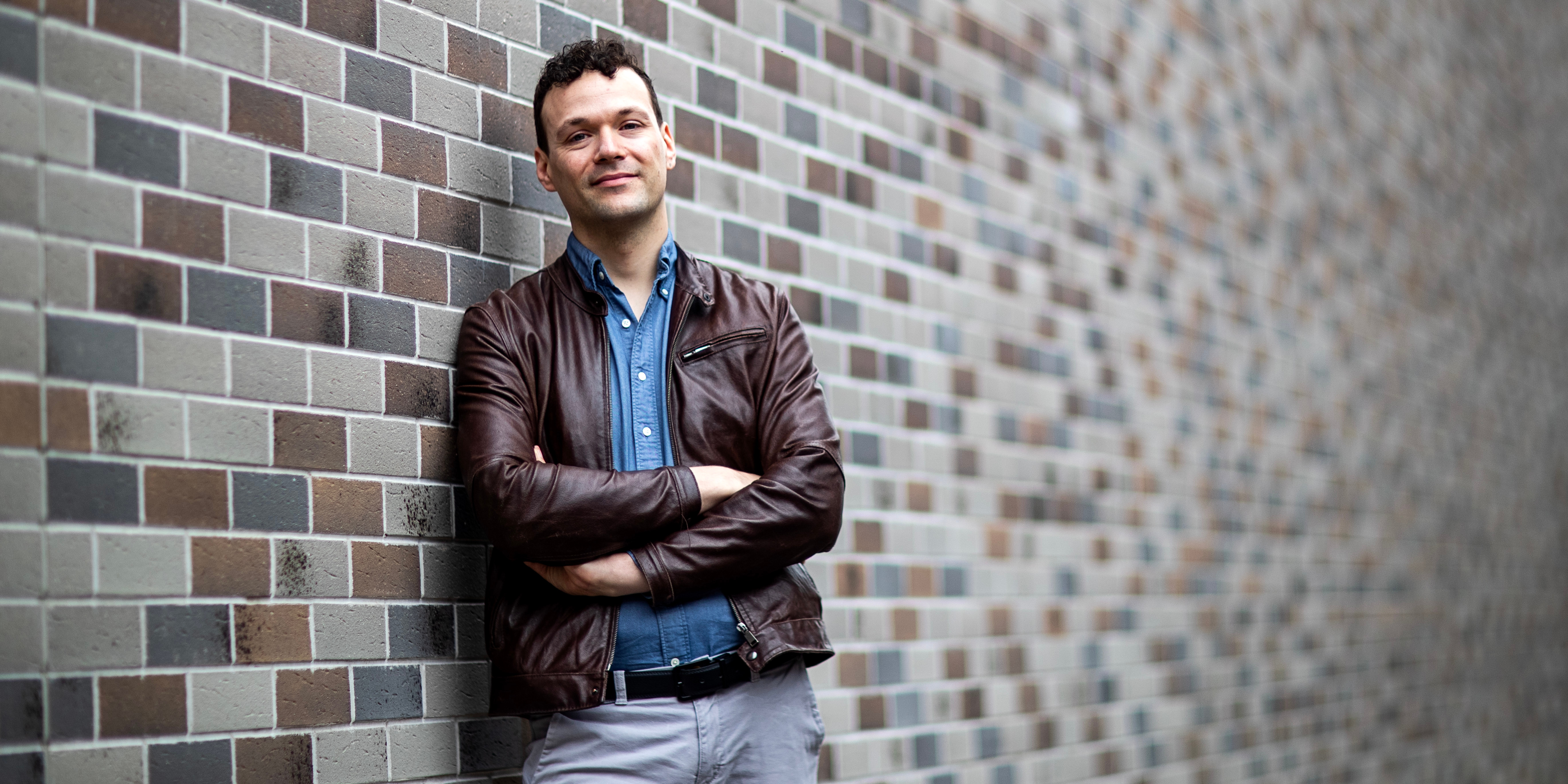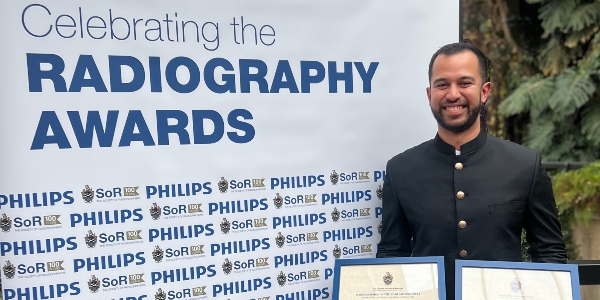
Following the implementation and adoption of the Royal College of Radiologists’ national radiotherapy consent forms in 2021, therapeutic radiographers have identified how these forms could be developed for equity, diversity and inclusion.
Radiographers involved in the SoR’s radiation induced skin reaction (RISR) specifical interest group (SIG) and the SoR LGBTQI+ Equalise group found these forms could be improved to meet the inclusivity needs of patients who have historically not been included in the development of medical information and resources.
Representatives from these two groups independently reached out to the Royal College of Radiologists (RCR) to discuss how its consent forms could better take into consideration equity, diversity and inclusivity.
Clinical consideration
James Barber, therapeutic radiographer and SABR specialist leading the SoR’s LGBTQI+ Equalise Workers Group, described his experience with the RCR:
After my department implemented the RCR consent forms, I was reviewing them alongside our patient information to ensure they synergised appropriately. Doing this, it became apparent that while developed with care and consideration, the consent forms did not provide the same level of clinical consideration to patients in the LGBTQI+ community as to heterosexual and cisgender patients.
One area which required review was the use of gendered language for treatment sites associated with the male or female gender, such as prostate, breast and gynaecological cancers.
Much of this was easily remedied by using language already used in the consent forms designed for gender neutral treatment sites, however some aspects were more challenging to address, such as the term “fathering children” used in all consent forms except for breast and gynaecological.
We were able to update this to a term which conveyed the required meaning but did not have a gendered association. This was also included in the breast consent forms, showing consideration of male, male to female trans and non-binary breast cancer patients.
Consideration of trans and non-binary people showed the importance of perspective and education in the implementation of change. One area addressed was direct association of the patient to organs associated with their gender assigned at birth with which they may no longer identify, such as in the gynaecological consent form.
The change of wording in some sections around this was easy to see as arbitrary, however following discussion to explain the implications of these associations in a group of patients who often have a complex relationship with their gender identity, often exacerbated by a cancer diagnosis associated to a gender with which they no longer identify, this change was taken forwards.
We ensured the consent forms were fully inclusive for those who do not participate in heteronormal sexual practices. A precedent was set in the gynaecological forms to discuss long-term impacts on vaginal intercourse from receiving radiotherapy treatment, however equal consideration had not been given to the long-term impact on receptive anal intercourse in pelvic consent forms.
Clinically this is a consideration where a significant dose is delivered to the anal canal. This change not only made the consent forms more accessible to all patients, it also made them more clinically comprehensive.
I found this experience informative and rewarding. The RCR team were receptive to making the consent forms inclusive to all. It was a great opportunity to engage with the RCR and to have a positive impact on behalf of the SoR LGBTQI+ Equalise Group.
I hope the changes made to the consent forms will spark a continued consideration of our community in future resource development, make these issues a primary consideration for clinical staff who use these resources and help ensure that all patients get all the information relevant to them and feel seen and considered in their care at what is one of the hardest times of anyone’s lives.
Make inclusivity the standard
Naman Julka-Anderson, advanced therapeutic radiographer with the inclusive skin assessment team, also wrote about his experiences working to improve the RCR’s consent form.

I was given the opportunity to speak at the ESTRO 2022 conference after being recommended by Professor Heidi Probst. I presented that current medical education, RISR assessment tools and consent forms were not inclusive of all skin tones. This led me to reach out to the RCR to change the skin reaction aspect of the national radiotherapy consent forms as people of colour were being consented for radiotherapy with incorrect terminology for their skin tone.
The consent forms highlighted that patients would experience ‘redness,’ also known as erythema, following radiotherapy. This is a common visual cue for people with white skin tones. This led me to looking into why the changes for my skin tone hadn’t been considered as my own skin rarely goes red.
In 2022, the British Association of Dermatology first highlighted that the term erythema is misleading as it does not encompass changes across the colour spectrum. It’s difficult to put into words how challenging it has been to understand why it has taken so long for my skin tone to be looked at differently than something ‘other than white.’
This is something I am proud to have recently published a clinical perspective article on with the Journal of Medical Imaging and Radiation Sciences, which also won the editor’s choice 2023 for top clinical perspective.
I was given the opportunity by RCR to rewrite appropriate terminology for RISR for people of colour. The RCR project team were happy to accept changes: for brown and black skin, the treatment area can become darker than their normal or surrounding area, along with changes across the colour spectrum. For brown skin tones maroon colour changes may be seen, for black skin tones there can be purple, yellow and grey colour changes.
Over the last 18 months, I have been privileged to highlight this inequity throughout the international radiotherapy community, along with the opportunity to collaborate with Samaneh Shoraka (proton beam therapy education lead UCLH) and Iyna Butt (patient representative) to set up the first RISR SIG.
This work, including the projects and research by SIG members is not only supporting oncology patients but has scope to instigate changes in other professions too, such as for health visitors reviewing newborns. Other changes to practise include updating terminology on the UKONs oncology triage tool, Irish Cancer Society and working with industry partners such as Flen Health to ensure the changes for people of colour are highlighted.
These changes are a huge step for bringing justice to people of colour whose skin tone has not been considered as individual. Highlighting these differences will help people of colour be consented with the correct clinical information for their skin type. It will aid earlier detection of RISR on brown and black skin tone, allowing equitable support in accessing treatment for RISR. We hope this work will lead to people of colour being at the forefront, rather than an afterthought.
We are both extremely proud of the work we have done on behalf of people living with and beyond cancer and our respective groups. It not only shows a willingness to make inclusivity the standard in important national resources, it shows how far our profession has come that therapeutic radiographers can reach out to the RCR and have their thoughts and views seriously considered in this kind of work.
(Image: James Barber, via Eva Slusarek)
